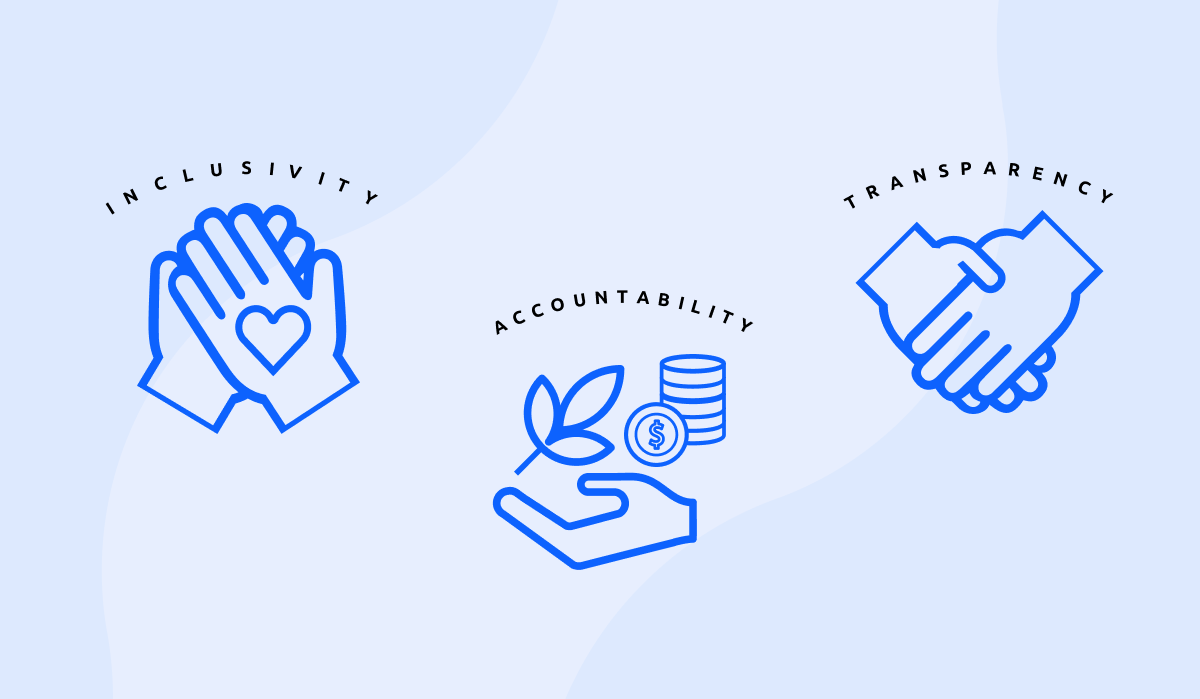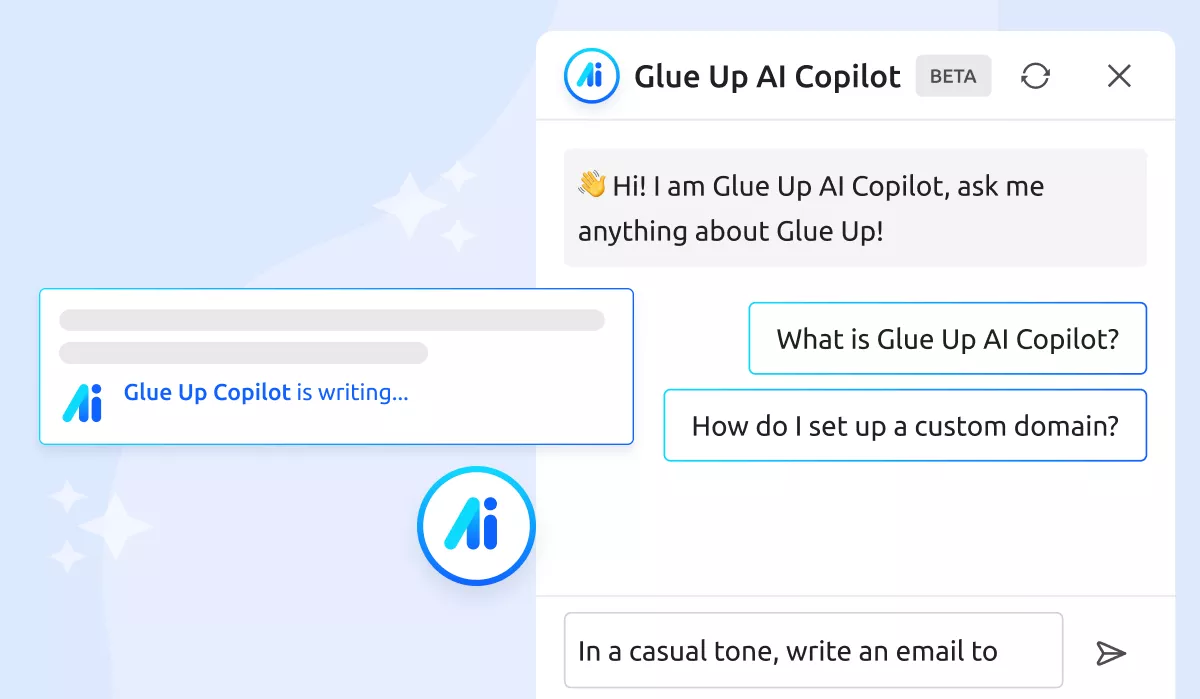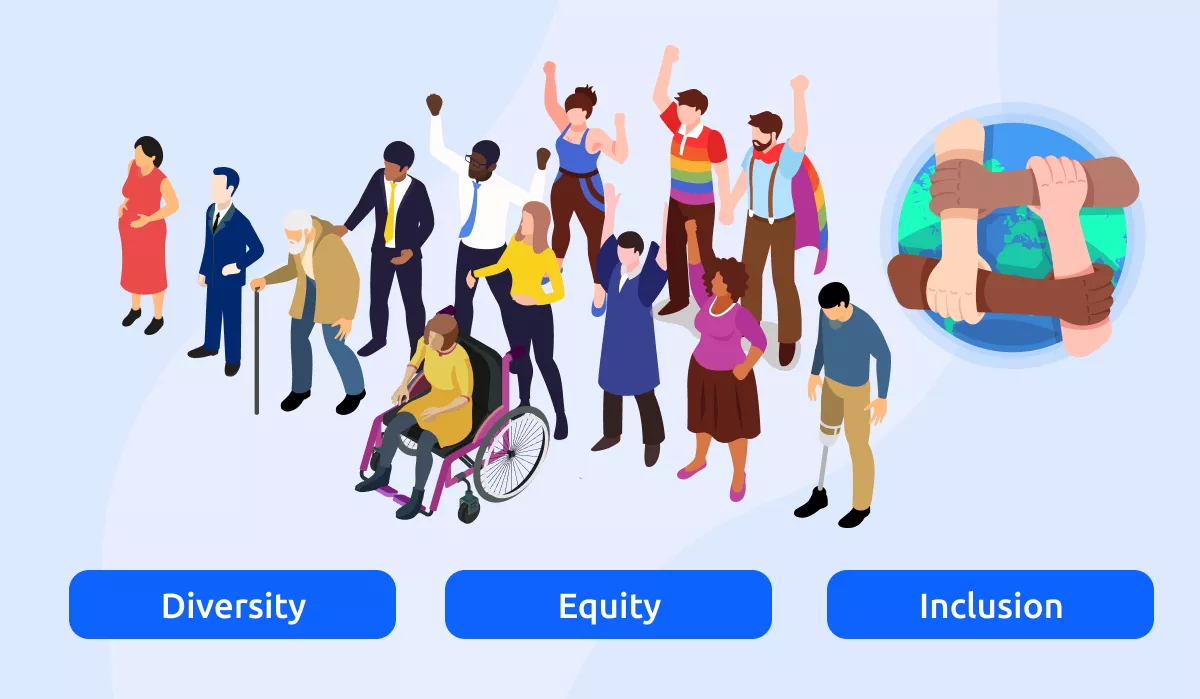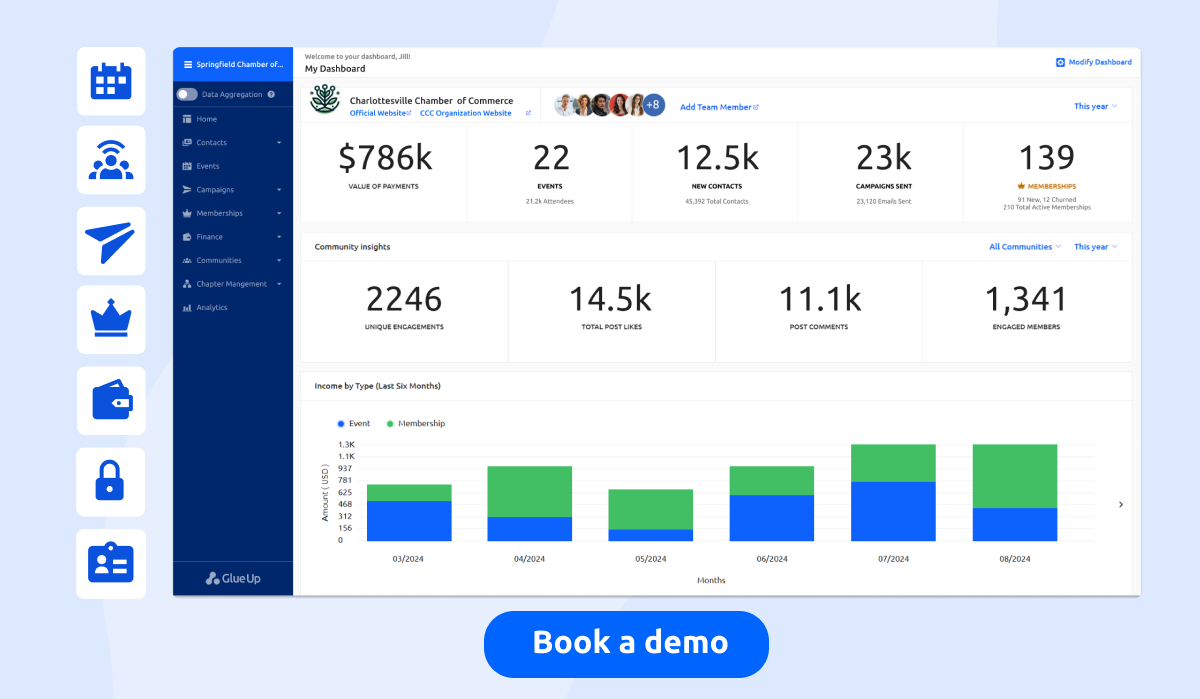
The way you engage with members is changing fast. Expectations are sky-high, tech is evolving, and inclusivity has become a must-have. What used to work is not cutting it anymore. For organizations to stay relevant, keep up, adapt, and look ahead.
In this blog, we’ll break down five major trends that are reshaping member engagement in 2025. These trends shape the future of how organizations connect, communicate, and build loyalty. Let’s look into it and explore how you can turn these trends into actionable strategies.
Key Takeaways
Members expect organizations to share both wins and failures openly. Involve them in decision-making processes to create authentic connections that drive loyalty.
By 2025, personalized experiences will define engagement success. Use AI and data analytics to anticipate member needs.
Use tools that automate communication, analyze member behavior, and create real-time engagement opportunities to stay ahead of the curve.
Diverse, equitable, and inclusive organizations outperform their peers in engagement and retention. Go beyond surface-level initiatives by embedding DEI into leadership, programming, and everyday practices.
The best hybrid strategies make virtual and in-person interactions feel seamless. Invest in tools that support collaboration, ensure equity in access, and let members choose how they engage.
Engagement expectations evolve quickly. Organizations must embrace change, leverage innovation, and rely on platforms like Glue Up to remain competitive and relevant.
1. Rebuilding trust

Why trust matters
Trust is everything when it comes to building strong relationships, especially as faith in big institutions keeps dropping. It’s the foundation for loyalty, active involvement, and creating a real sense of community. When people trust your organization, they feel safe, valued, and ready to work toward shared goals.
How organizations can win back trust
Rebuilding trust does take effort. It all comes down to three big things: transparency, inclusivity, and accountability.
Be upfront about what’s going on. Share your wins and your losses. When you’re open about decisions and actions, people see you as credible and authentic.
Let your members have a real say. Invite them into decision-making processes and show them their input matters. Feeling heard builds connection and trust.
Keep your promises and handle concerns head-on. Consistency in your actions proves you’re reliable and trustworthy.
Glue Up can help you make this happen by keeping communication flowing, creating feedback loops, and making decision-making processes more accessible. These small, powerful moves can help you build trust over time.
How leaders can build trust
Leaders have a huge role in creating a culture of trust. Here are some ways to make it happen:
Be open and honest in everything you say. When people know what’s going on, they feel more confident and willing to share their own ideas and concerns.
Acknowledge your team’s contributions and challenges. Listen, show your care, and treat everyone with respect. It goes a long way.
Offer leadership development programs and resources to help your team grow. It’s a clear sign that you value their input and care about their success.
2. Personalization for better member engagement

By 2025, personalization will be the standard for how organizations engage their members. People want interactions that feel tailored to their unique needs, and membership organizations are no exception. In fact, 76% of people say they prefer brands (or organizations) that offer personalized experiences, and those expectations are only getting higher.
Why personalization matters
Members expect the same level of personalization they get from their favorite apps or online stores. Whether it’s recommending the perfect webinar, offering relevant networking events, or providing custom benefits, personalization builds loyalty and keeps members engaged.
The stats back it up:
66% of customers believe brands should understand their wants and needs, yet many feel treated like a number instead of as individuals.
60% of consumers report they are likely to become repeat customers after a personalized shopping experience, demonstrating the direct impact of personalization on customer loyalty.
71% of consumers express frustration with impersonal shopping experiences, indicating that failing to personalize can lead to dissatisfaction and potential loss of business.
What personalization looks like in 2025
Hyper-Personalization: AI and machine learning is making it easier to create experiences tailored to each member. Event suggestions or resources based on what members have clicked on, signed up for, or asked about.
Predictive Personalization: Taking it a step further, organizations can use data to predict what members need before they even ask, like suggesting a certification program right when it’s relevant to their career path.
Privacy-Conscious Personalization: Personalization is awesome, but members care about their privacy. Being upfront about how you’re using their data builds trust while still delivering value.
Customized Benefits: Forget cookie-cutter perks. Membership organizations can create loyalty programs or benefits that feel personal, like discounts or access tailored to a member’s specific interests and habits.
How to get personal with your members
Glue Up leads the charge with tools designed for membership engagement. Through our platform, you can create segmented communications, recommend events or content based on past activity, and keep the relationship feeling personal. It shows members that you understand who they are and what they want.
3. Tech-powered member engagement

Technology is the backbone of how organizations interact with their members. Whether it’s connecting in real time or personalizing experiences, the right tools make it easier to create stronger connections.
Here’s what tech brings to the table:
Automated systems ensure members hear from you when it matters most. It cuts down on delays and manual work.
AI tools help tailor experiences based on what each member really wants.
Data tells a story. By analyzing member interactions, you can figure out what’s working, what’s not, and how to keep improving.
Using technology to your advantage
If you’re not leveraging tech, you’re leaving value on the table. Glue Up make it easy to take member engagement to the next level by helping you:
Use analytics to get real insights into what members care about and how to better support them.
Automate routine tasks such as answering questions and updates that will free you up to focus on building relationships.
Mobile apps make it easy for members to find events, access resources, and stay connected—all in one place.
The tech-driven membership in 2025
In just a few years, tech will completely redefine how organizations and members interact. 3D social media experiences, augmented reality for virtual events, and AI will make every interaction hyper-personalized. Plus, as we shift to a “tele-everything”, members will expect seamless digital options for connection, networking, and support.
4. Diversity, equity and inclusion (DEI)

Members today expect to see DEI in action in leadership, programming, events, and the overall culture. This reflects what people value now: environments that celebrate diverse identities and perspectives. When organizations prioritize DEI, they create a space where people feel seen, valued, and connected. That’s the kind of atmosphere that drives loyalty, engagement, and retention.
How to make DEI part of your strategy
If you’re serious about building a culture of inclusion, here are some actionable steps to get started:
1. Run a check-up
Start by figuring out where your organization stands. Look at your current engagement strategies and pinpoint where you’re falling short. This will help you analyze member demographics and preferences, so you can design programming that reflects a mix of voices and experiences.
2. Make it a core practice
DEI hosts a diversity panel or celebrates heritage months. It also embeds equity into everyday practices, such as fair pay, equal training opportunities, and clear policies that address bias. When DEI is baked into the foundation, it feels real.
3. Get leadership on board
For DEI efforts to stick, leadership has to walk the talk. Appointing a Chief Diversity Officer or setting measurable DEI goals shows you’re serious. Regular updates and accountability from leadership go a long way in making DEI part of the culture.
4. Make communication inclusive
The way you communicate can either build bridges or walls. Train your leaders to foster open, inclusive conversations where everyone feels heard. Whether it’s in meetings, emails, or one-on-ones, inclusive communication makes people feel like they matter and that’s a big deal.
5. Ask for feedback
Want to know how to do better? Ask your members. Create safe spaces for feedback, whether through surveys, anonymous channels, or open forums. Act on that feedback. People will notice, and it’ll show you’re serious about improving.
5. The rise of hybrid engagement models

Hybrid engagement combines in-person and virtual interactions, a core part of how organizations operate. By breaking down barriers like geography and physical constraints, hybrid models are making it easier to connect with diverse members, no matter where they are. The COVID-19 pandemic fast-tracked this shift that forced organizations to rethink how they engage and create more flexible, inclusive ways to bring people together.
What makes a hybrid model work?
To nail hybrid engagement, you’ve got to get a few key elements right:
The best hybrid setups create a seamless experience for everyone, whether they’re in the room or tuning in remotely. All participants get the same value, from content to networking opportunities.
Collaborative tools, project management software, and virtual engagement platforms keep everyone connected and engaged, no matter where they’re logging in from.
Letting people choose how and where they engage is a game-changer. Whether they thrive in an office or prefer a remote setup, giving members and employees that autonomy boosts satisfaction and productivity.
A good hybrid model accommodates and invites diverse preferences. By mixing face-to-face and digital engagement, you make space for more voices and perspectives to build a stronger sense of community.
Why hybrid models are a win-win
Hybrid engagement is packed with perks that benefit organizations and participants alike:
Geographical or physical limitations? No problem. Hybrid setups mean anyone can participate, whether they’re across the country or simply can’t do it in person.
Hybrid environments foster better teamwork by connecting remote and in-person participants with tools designed for real-time communication and collaboration.
When people have the freedom to work and engage in ways that suit their lives, stress goes down, and satisfaction goes up.
Future proof your member engagement with Glue Up

As we look toward 2025, it’s clear that member engagement is about to hit a whole new level. Organizations need to focus on rebuilding trust, getting personal, embracing new tech, prioritizing DEI, and mastering hybrid models. These will define how you’ll deliver real value to your members and build lasting connections.
At Glue Up, we’re here to help you crush your engagement goals with tools designed to create stronger, more meaningful relationships. Ready to take your strategy to the next level? Let’s chat—book a demo today at www.glueup.com/demo.



